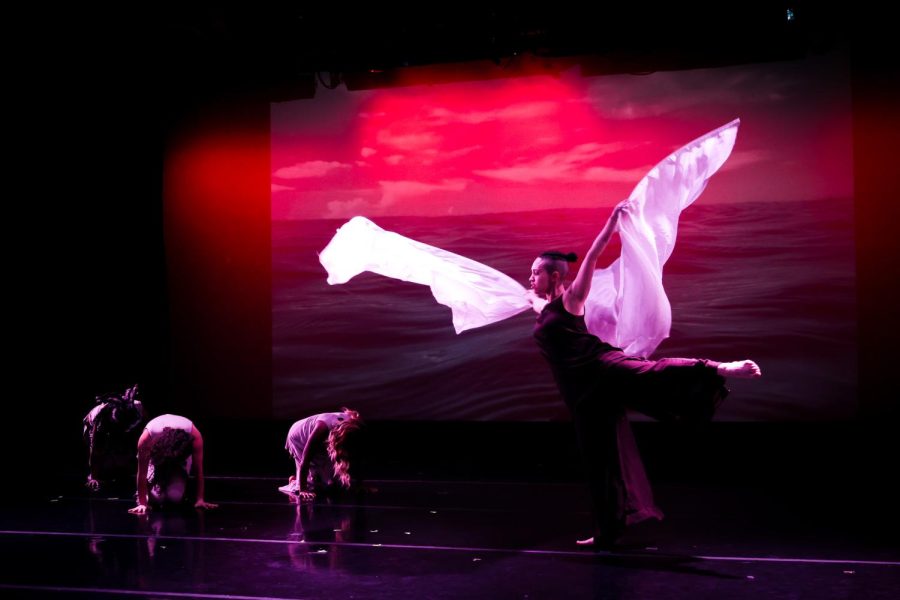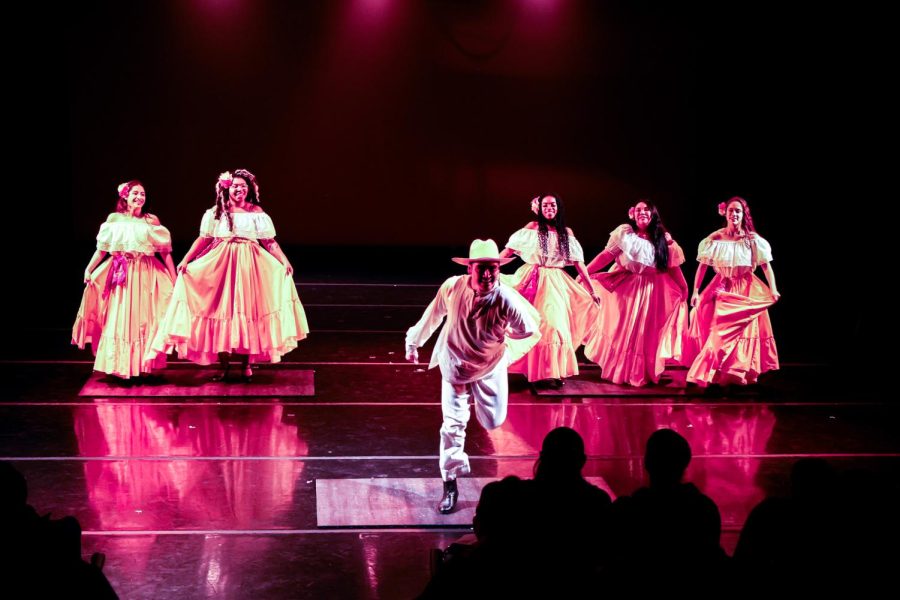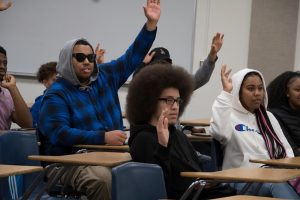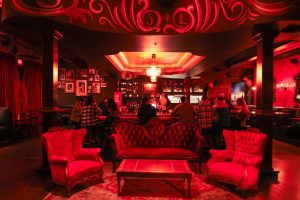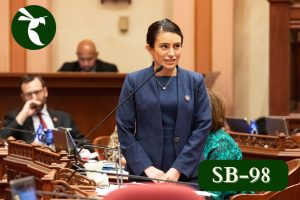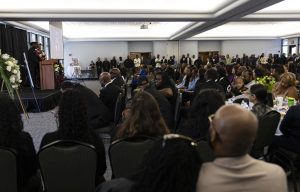GALLERY: The dance that connects your mind, body and soul
Sacramento/Black Art Of Dance hosts “Vessels” for 31st annual show
(L–R) Jacqueline Sandoval, Josue Sanchez and Andrea Obando stomp their feet in unison on the dance floor of Solano Hall during their performance Saturday, Feb. 25, 2023. Their set, “Suhu (Life’s Ritual)” showcases a Chinese ritual dance with choreography by Philip Agayapong.
March 2, 2023
The lights dim as music fills the auditorium in Solano Hall; dancers pranced while drums pound in unison and audience members watched the performers in awe.
Sacramento State presented “Vessels” for its annual Sacramento/Black Art of Dance production from Feb. 16-26.
The dance performance showcases Black dances and their rich, cultural roots. “Vessels” was their 31st annual dance show.
Valerie Gnassounou, Sac State alumna and choreographer for “Vessels,” said when students give a performance that successfully interprets her work..
“Being able to represent the heart of the choreographer is wonderful,” Gnassounou said. “We feel it. They are able to share with us the emotion… That’s the whole point of the show.”
The celebration of Black dance and culture — the shared history emphasized in the movement of bodies — is conveyed through the dancers.
Story continues below gallery.
“You can think about how blood is pumped through your vessels,” Nicole Manker, artistic director for the show said. “But also think about bodies of water and vessels or containers.”
Manker said she had the idea of “Vessels” for a long time.
Linda Goodrich is the founder of Sacramento/Black Art of Dance, which has been running since 1992. She attended a performance on Feb. 25 and was impressed by Manker’s efforts in the production and by those in the company.
“Nicole is still honoring [the] traditions of Katherine Dunham,” said Goodrich. “I see the joy, the Black joy.”
The production consisted of diverse choreography and performances. They had performances with live dancers and displayed clips of their cast dancing in other locations.
Not everyone could perform in person, so the company had to improvise. The dancers also interacted with the audience, having them join them on stage.
Each segment of their show had dances rooted in Black culture. The dancers performed a segment called “El Fandango Negro” and another called Folklorico, which is a traditional celebratory dance that originated in Mexico which included a slideshow about the untold history of Vicente Guerro.
Story continues below gallery.
“In particular, you can hear music in the background from a piece by Oswaldo Ramirez and he is chosen to do the dances from a population in Mexico,” said Manker said, “They have the largest indigenous population are Afro-Mexicans.”
Third year dance major Andrea Bonda, who performed in the show, said that the dances are important because they represent Black History.
“They have us doing African dances, especially the trio at the end is very African-inspired,” Bonda said. “It’s really important for all the people who are watching that they know the background of each story.”
Manker said it is important to know about the origins of African-Mexican dances.
“It just goes back to the roots of African Americans and where they came from,” said dancer Jamie Johnson, a fourth-year dance major. “Where the dance came from, how the Africans show their dance and bring them into different cultures.”























































































































